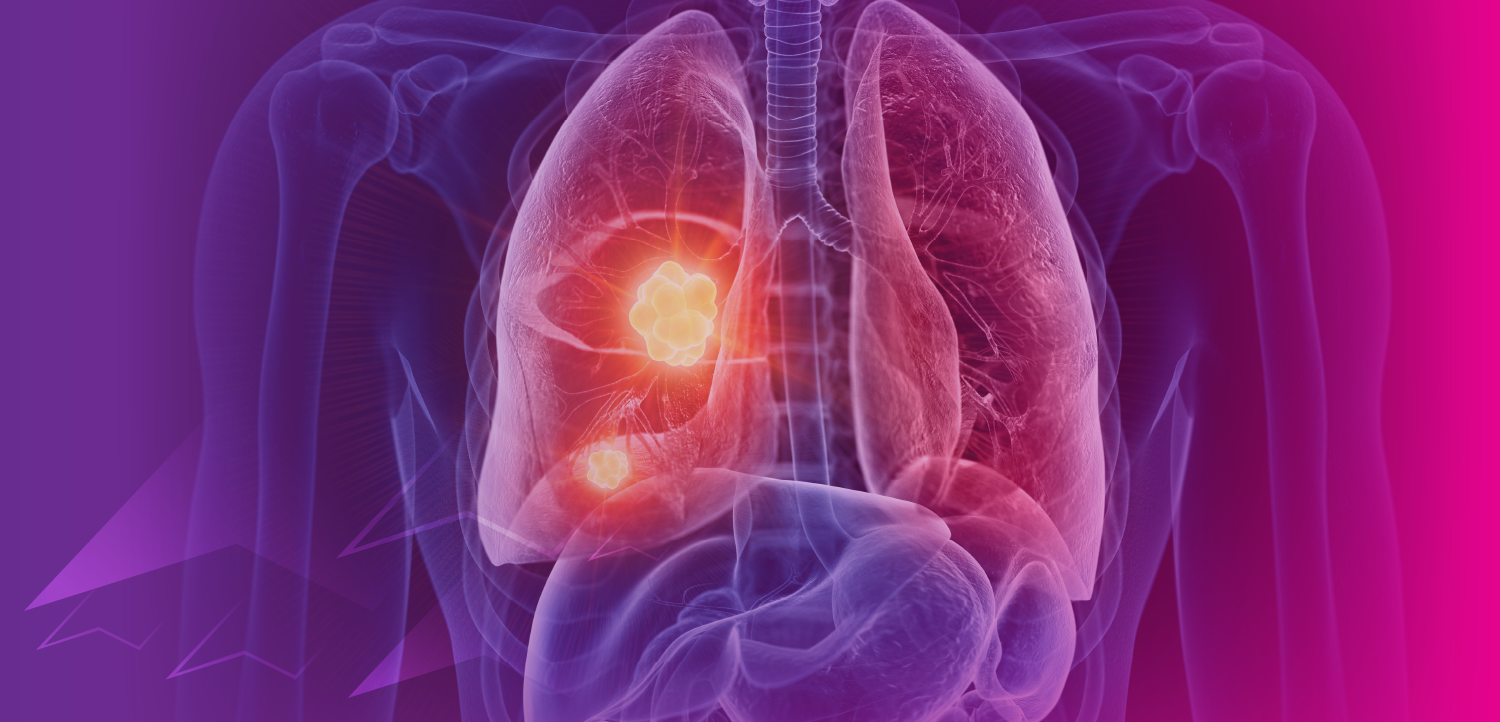Pneumatocele rupture in cystic Pneumocystis jiroveci pneumonia
A 40-year-old man with HIV presents with acute onset of shortness of breath and pleuritic chest pain. Chest radiograph reveals bilateral pneumatoceles. A moderate right apical pneumothorax is also evident.
CLINICAL HISTORY
40-year-old man with HIV presents with acute onset of shortness of breath and pleuritic chest pain.
FINDINGS
PA chest radiograph (Figure 1) demonstrates bilateral fine reticular perihilar opacities, as well as bilateral, predominantly thin-walled, pneumatoceles. A moderate right apical pneumothorax is also evident. CT image (Figure 2) identifies thin-walled peripheral and subpleural pneumatoceles with surrounding patchy ground-glass opacities. A right apical pneumothorax is also evident. Another CT view (Figure 3) reveals bilateral midlung zone pneumatoceles with surrounding patchy ground-glass opacities, as well as a right-sided pneumothorax.
DIAGNOSIS
Spontaneous pneumothorax secondary to pneumatocele rupture in a patient with cystic Pneumocystis jiroveci pneumonia (formerly Pneumocystis carninii pneumonia).
DIFFERENTIAL DIAGNOSIS
Mycobacterium tuberculosis, necrotizing bacterial pneumonia, fungal pneumonia, septic emboli, metastatic squamous cell carcinoma.
DISCUSSION
Pneumocystis jiroveci pneumonia is thought to be a fungal pathogen predominantly affecting the HIV-positive population and other immunocompromised hosts. The radiological findings of P. jiroveci pneumonia are variable but are most frequently characterized on chest radiographs as bilateral symmetric granular or fine reticular opacities and on CT as bilateral ground-glass opacities. The pattern of distribution is most commonly perihilar. The presence of pleural effusions or lymphadenopathy is rare.
Atypically, patients may present with cystic P. jiroveci. This form of the disease is characterized by cystic lesions within the lung parenchyma that are variable in thickness and regular to irregular in contour. The cysts are often associated with surrounding acute inflammatory pneumonitis manifesting as ground-glass opacities. Cystic P. jiroveci has a tendency to affect the upper lobes as well as the subpleural regions, thereby predisposing patients to rupture and, ultimately, spontaneous pneumothorax. Pneumothoraces associated with cystic P. jiroveci are often refractory to treatment with thoracostomy tube placement secondary to the presence of persistent air leaks from bronchopleural fistulas. Other means of treatment, including chemical or surgical pleurodesis, may be necessary in such instances.
The pathogenesis of these cysts is unclear; however, several theories have been proposed: 1) activation of macrophages with subsequent release of proteolytic enzymes and other toxins that predispose patients to cavitation; 2) ischemic necrosis secondary to aggressive tissue and vascular invasion by the pathogen; 3) granulomatous reaction with parenchymal cavitation; 4) bronchial obstruction by the pathogen with resultant ball valve mechanism and cystic air space dilatation; 5) other predisposing factors such as chronic infection, smoking, or intravenous drug use.
Regardless of the pathogenesis, the risk of pneumatocele rupture and pneumothorax is great. Understanding the association between P. jiroveci pneumonia, pneumatocele formation, and pneumothorax is essential to prompt radiological diagnosis and treatment.
Submitted by Alan V. Krauthamer, M.D., and Robert Perone, M.D., both at St. Vincent's Medical Center, New York City.
BIBLIOGRAPHY
Kuhlman JE. Pneumocystic infections: the radiologist's perspective. Radiology 1996;198:623. Metersky M, Colt H, Olson L, Shanks T. AIDS-related spontaneous pneumothorax: risk factors and treatment. Chest 1995;108;946-951.
Webb WR, Higgens CB. Thoracic imaging: pulmonary and cardiovascular radiology. Philadelphia: Lippincott Williams & Wilkins, 2005:391-393.
Newsletter
Stay at the forefront of radiology with the Diagnostic Imaging newsletter, delivering the latest news, clinical insights, and imaging advancements for today’s radiologists.




























